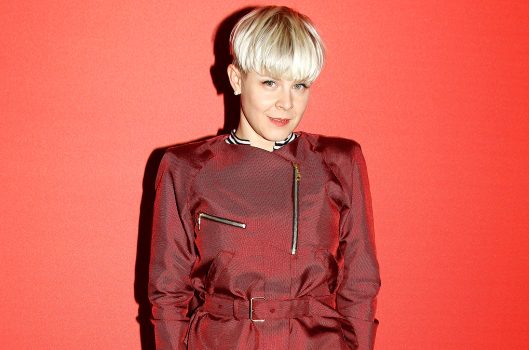LGBTQ HISTORY MONTH

Editors Note: For Pride Month, this article originally published in October 2020, is being republished
What many people don’t know, however, is that Dance music, and its counterparts in Techno, House, and Trance, was born within LGBTQ communities. As author Luis Manuel-Garcia recently pointed out, “as house turns into acid-house, turns into techno, and all of the other sub-genres, somehow queer folks slip out of the established narrative and disappear.”
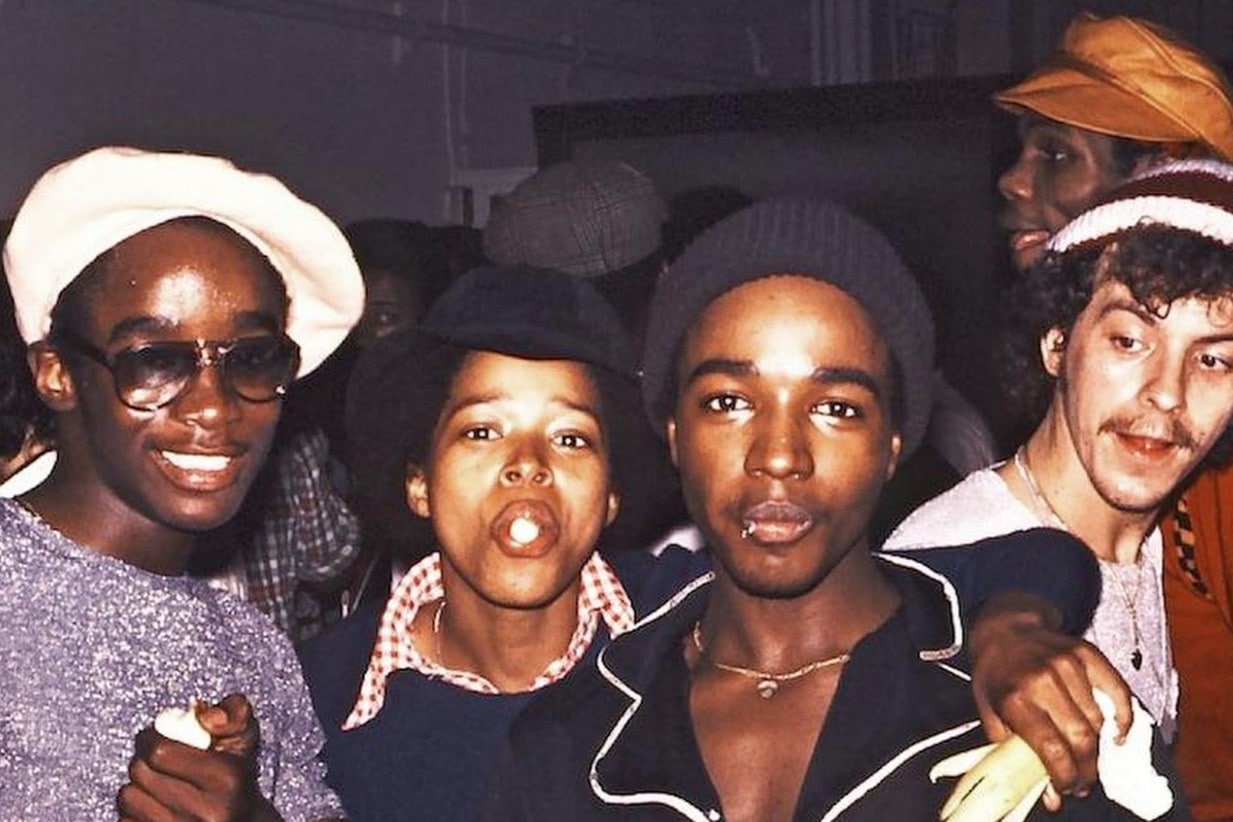
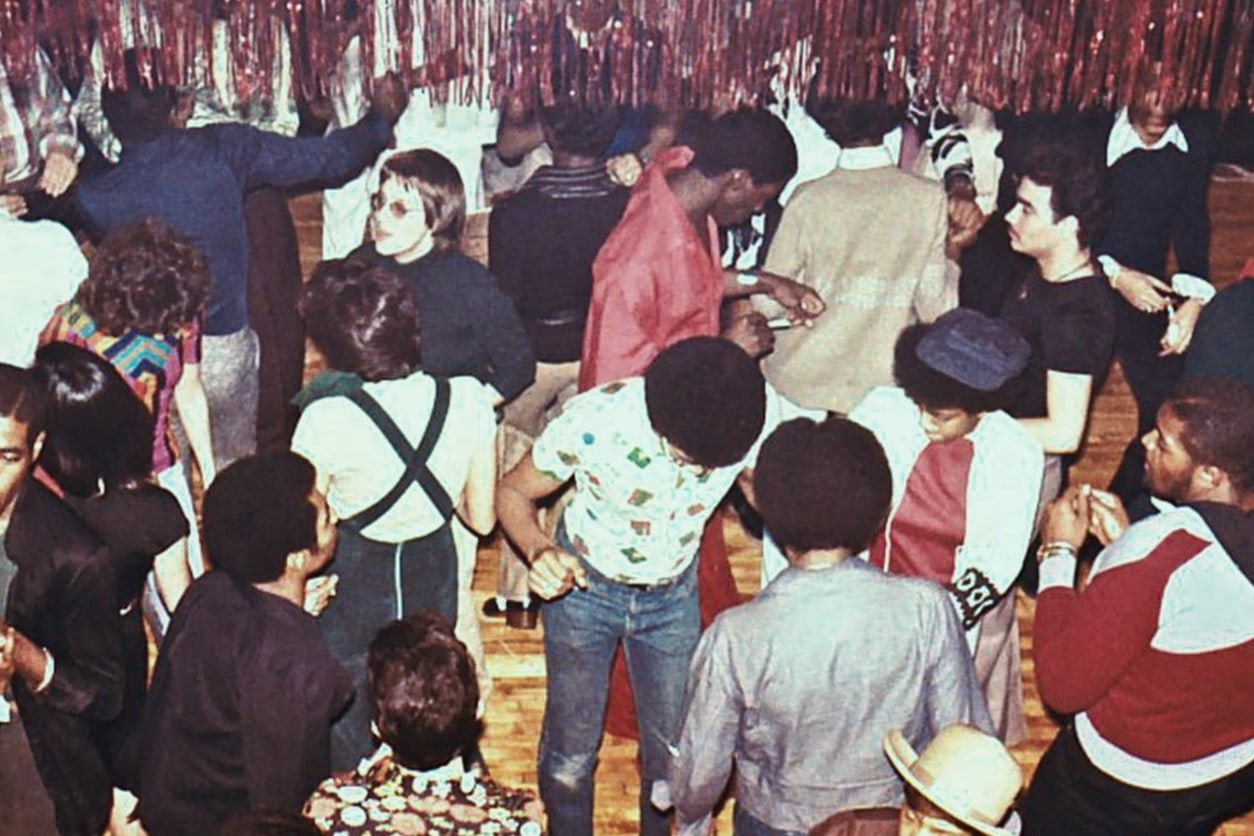
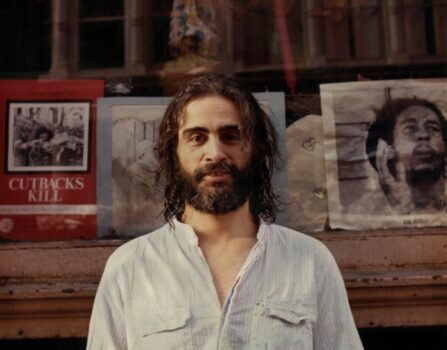
David Mancuso
The queer and trans origins of house music can first be traced back to disco, and then to events like David Mancuso’s 1970s Loft Party. These private, afterhours parties were organized by a network of gay dancers in New York, including Larry Levan and Frankie Knuckles (the oft-cited “godfather of house music”). Levan and Knuckles then took their musical sensibilities the Continental Baths, a gay bathhouse in the city, where they continued to play for queers enjoying a nightlife cloaked in secrecy and a desire to escape the confines of a heteronormative existence in New York City.
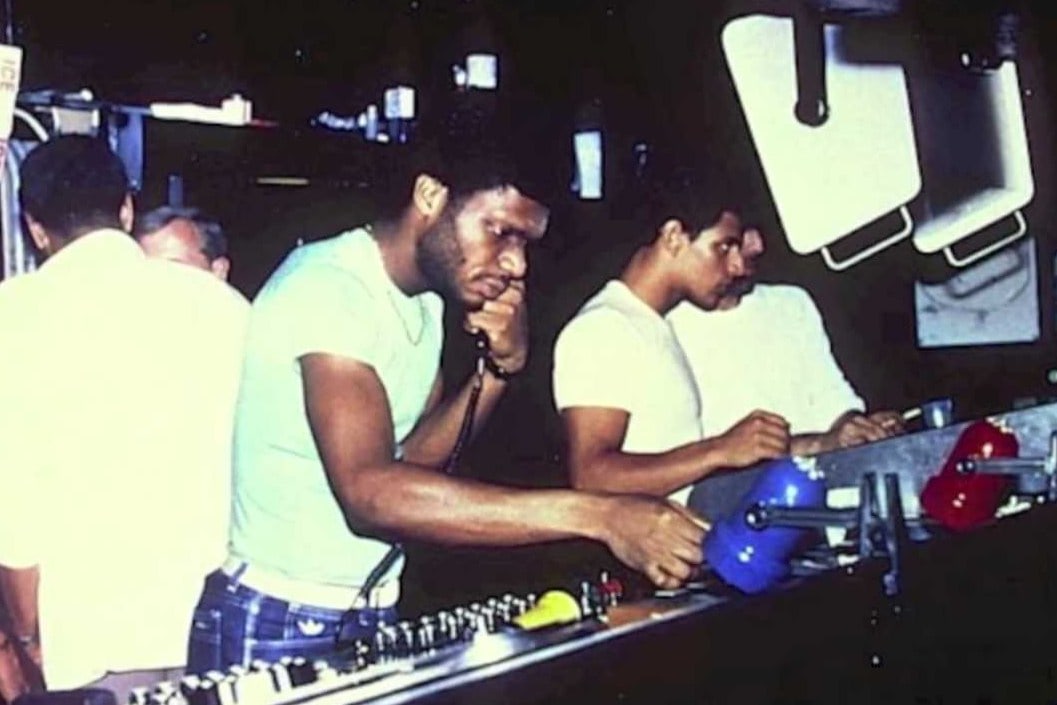
Larry Levan
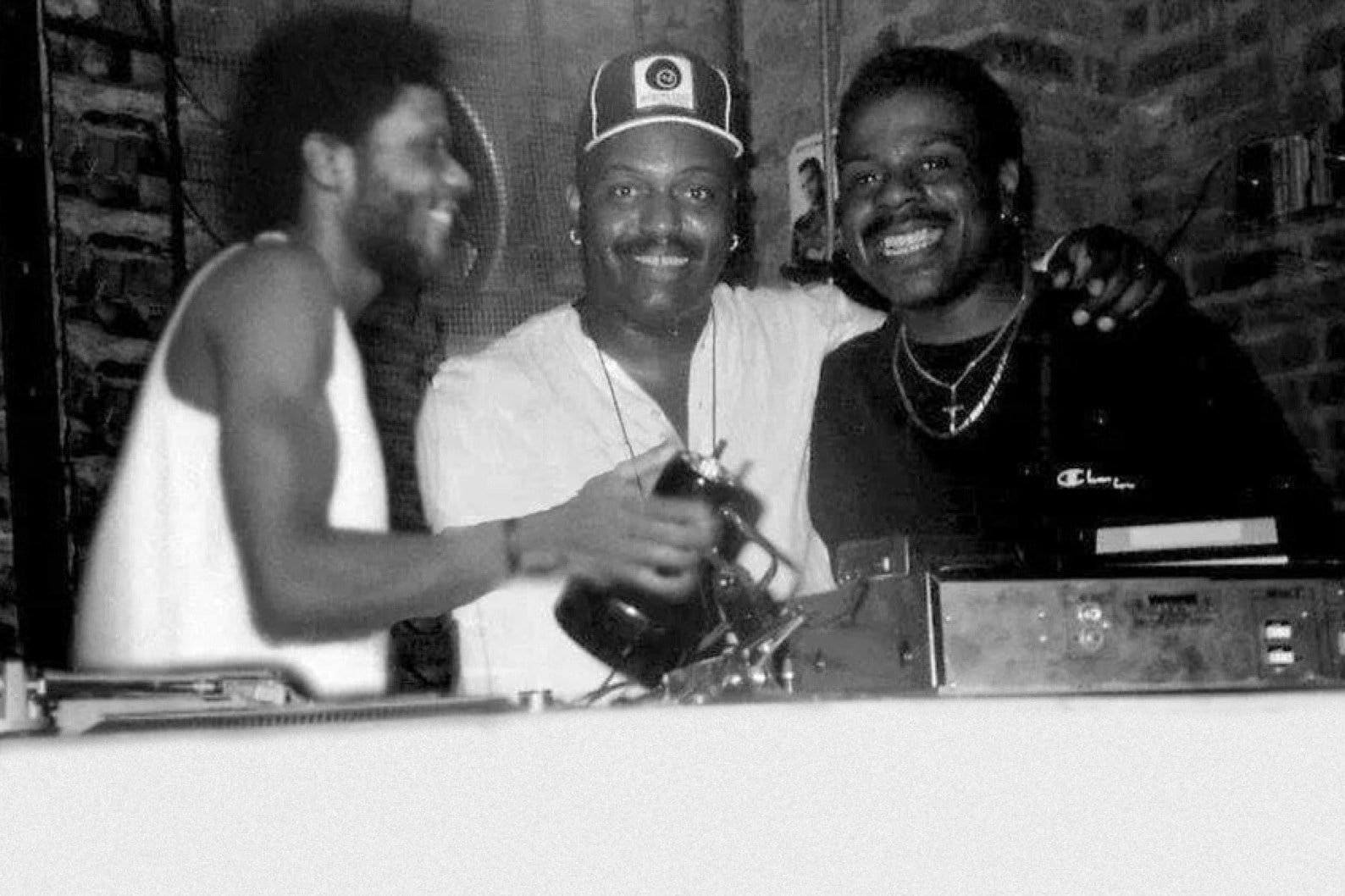
Larry Levan, Frankie Knuckles and Tee Scott
Knuckles later relocated to Chicago, becoming the DJ in residence at The Warehouse (thereby giving House music its name), and Levan remained in New York, where his residency at the Paradise Garage helped fundamentally shape DJ culture as we know it today.
Urban gay clubs continued to nurture the disco sound that eventually evolved into House and Techno music by the early 80s. In New York, The Saint, ushered in a new era of electronic sounds and dynamic light shows that would eventually dictate the genre’s rave aesthetic in the years to come, and subsequently, the aesthetics of today’s EDM.
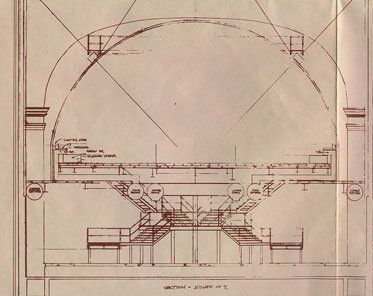
The Saint At Large in New York was located in a former planetarium dome
By the time the AIDS epidemic took hold in New York City, Disco, Dance, and House music were synonymous with the queer undertones they often tried to keep removed from the mainstream. Dance music took a swift turn in popularity, and would not re-emerge until the Acid House movement of the late 1980s, with a reformed, albeit largely heterosexual, following. The same straight narratives, coupled with a heightened cultural awareness of the dangers of ecstasy, dominated the discourse around the U.S. rave scene of the 1990s.
As dance subcultures continued to evolve throughout the 90s (through the introduction of hits into the mainstream like The Prodigy’s “Smack My Bitch Up,”), and as legendary queer dance clubs began closing their doors, the gay roots of the dance genre were all but erased.
Although they are commonly overlooked in more mainstream conversations about the history of Dance music, the queer subcultures that brought this music to the international forefront represent a substantial flashpoint in the world of Dance. This is true, of course, of the cultural contributions of queer and trans people the world over, however it is important to acknowledge these realities both within and outside of LGBTQ history month. In celebrating LGBTQ history month, then, we want to remind ourselves that Dance music has, and always will be, inextricably and proudly queer.



